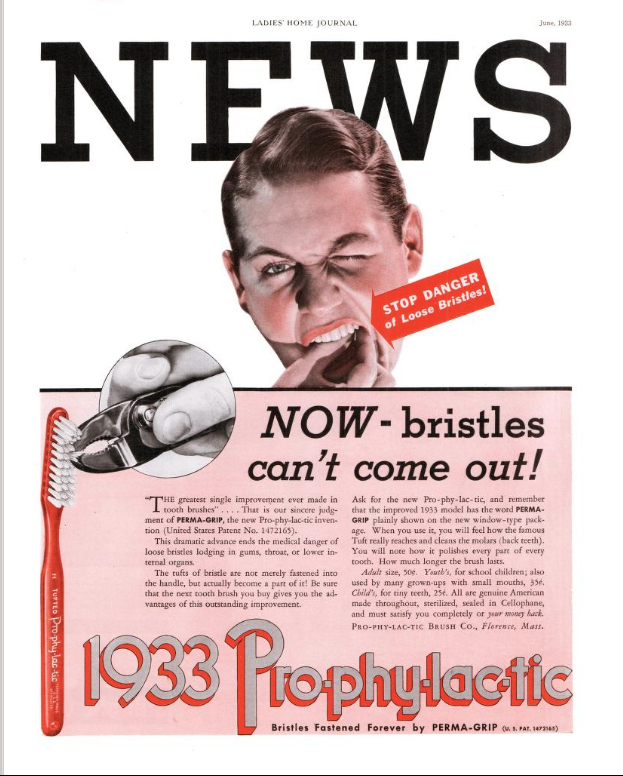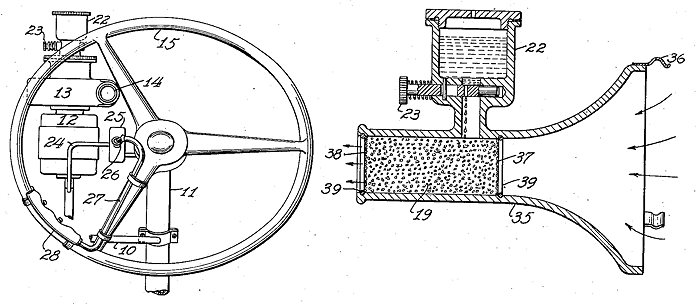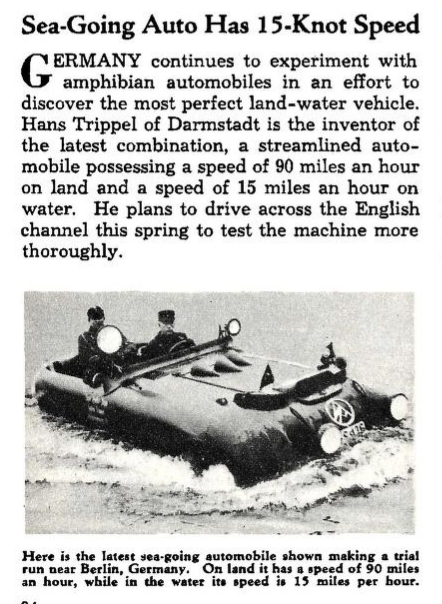June 2021
June 15, 2021
Swindle’s Ghost
'Swindle's Ghost' is a term for an optical illusion that some psychologists have offered as a possible scientific explanation for ghost sightings. Actually, I doubt that many sightings are a result of this phenomenon, but I like the name.Newsday Special Correspondent Paul Brock (May 15, 1967) offered this explanation:
It can be summoned up by anybody. Using no more ectoplasm than a table lamp, friends can join you in this weird experiment, right in your own living room. Choose a dark moonless night and draw the drapes securely so that no stray light from street lamps or passing cars enters the room. Group the chairs near a table or floor lamp with one person directly alongside it to switch it on and off.
First, everyone must remain in the darkened room for at least 10 minutes before the experiment begins, so that the eyes can adjust completely to the darkness. Then, each ghosthunter must look steadily toward the lamp but not directly at it. They must keep perfectly still and keep the eyes from moving during the time the room will be illuminated and immediately afterward.
Now turn on the lamp for a full second. Turn it off. Shortly after you will see the whole scene loom up in the darkness with startling clarity, and the ghost impression will last for some time. Not only will everything appear exactly as it was when the light was on, but many precise details will be evident which could not possibly have been noted during the brief illumination...
The same optical illusion occurs when someone reports that he has seen a ghost in a graveyard at night. If a man is passing a graveyard at night and the moon breaks through the clouds just as he is opposite a white tombstone, in a few minutes he might see a vague white form loom up before him. The moon's illumination has created the 'ghost' which the man actually does see, but which is only an after-image— in the image of "Swindle's Ghost."
Some more info in the book Systems Theories and A Priori Aspects of Perception:
You can find Swindle's original article here:
Swindle, P.F. (1916). Positive Afterimages of long duration. American Journal of Psychology, 27, 325-334.
Posted By: Alex - Tue Jun 15, 2021 -
Comments (0)
Category: Paranormal, Supernatural, Occult, Paranormal, Psychology, Eyes and Vision
Follies of the Madmen #509
Was this ever such a drastic problem, or one of those made-up Madison Avenue problems?
Posted By: Paul - Tue Jun 15, 2021 -
Comments (4)
Category: Business, Advertising, Hygiene, 1930s, Teeth
June 14, 2021
Staying awake at the wheel
Over the years, inventors have dreamed up a variety of ways to keep drivers awake while driving.In 1936, Carl Brown got a patent on a chin-operated alarm device. If a driver started to nod off, and his head fell forward, this would depress a trigger, setting off an electric bell that would wake him up. (Patent No. 2,066,092)

In 1940, Raymond Young had the idea that whenever a driver was feeling drowsy he could press a button on the steering wheel and this would squirt an aromatic spray in his face, waking him up. (Patent No. 2,199,060)

And just last month, Hyundai was granted a patent for a system that shoots ultrasonic beams at a driver's eyes when it senses he's falling asleep. (Patent No. 11007932)

Posted By: Alex - Mon Jun 14, 2021 -
Comments (3)
Category: Inventions, Patents, Sleep and Dreams, Cars
The Airphibian
Flying cars just had a recent moment in THE NEW YORK TIMES. But there have been many predecessors.We are continuing our streak from yesterday's Amphicar: bi-modal transport!
The Wikipedia page.
Posted By: Paul - Mon Jun 14, 2021 -
Comments (0)
Category: Inventions, Kludges, Hacks and Duct-tape Repairs, Air Travel and Airlines, 1940s, Cars
June 13, 2021
Two-Handed Bowling
"the new young players are going into two-handed [bowling]."What will those crazy youngsters think of next?
via Book of Joe
Posted By: Alex - Sun Jun 13, 2021 -
Comments (2)
Category: Sports
The 1964 Amphicar
We've featured various amphibious vehicles on WU before. But my research seems to indicate we have not highlighted the most famous, seen in this video. Please note that inventor Hans Trippel was working on this concept thirty years previously, as seen in the clipping.
Source.
Posted By: Paul - Sun Jun 13, 2021 -
Comments (4)
Category: Inventions, Oceans and Maritime Pursuits, 1930s, 1960s, Cars
June 12, 2021
Boar Mate

Miami Herald - Jun 08, 1979
It's available for purchase here.

Posted By: Alex - Sat Jun 12, 2021 -
Comments (2)
Category: Animals, 1970s, Attractiveness, Sexiness, Allure and Personal Magnetism
Leader of the Laundromat
Their Wikipedia page.
Posted By: Paul - Sat Jun 12, 2021 -
Comments (1)
Category: Hygiene, Music, 1960s, Parody
June 11, 2021
Pythagoron
Released in 1977, the album Pythagoron consisted of electronic sounds that supposedly stimulated certain brain waves, thereby allowing the listener to get high, without the use of drugs. The Hum blog offers more details:The album is intended to get the listener high – the aural mirror to Brion Gysin’s Dream Machines, and the step beyond La Monte Young. Capitalizing on the the tonal precision allowed by synthesizers – it attempts to harness the resonant interaction of sound and brainwave patterns to induce states of euphoria – the precursor of more recent efforts in binaural beats and neural oscillation.
Posted By: Alex - Fri Jun 11, 2021 -
Comments (1)
Category: Drugs, Psychedelic, Music, 1970s
Corporate Pubic Hair Shaving
Posted By: Paul - Fri Jun 11, 2021 -
Comments (0)
Category: Hygiene, Advertising, Public Indecency, Genitals, Hair and Hairstyling
| Get WU Posts by Email | |
|---|---|

| Who We Are |
|---|
| Alex Boese Alex is the creator and curator of the Museum of Hoaxes. He's also the author of various weird, non-fiction books such as Elephants on Acid. Paul Di Filippo Paul has been paid to put weird ideas into fictional form for over thirty years, in his career as a noted science fiction writer. He has recently begun blogging on many curious topics with three fellow writers at The Inferior 4+1. Chuck Shepherd Chuck is the purveyor of News of the Weird, the syndicated column which for decades has set the gold-standard for reporting on oddities and the bizarre. Our banner was drawn by the legendary underground cartoonist Rick Altergott. Contact Us |

